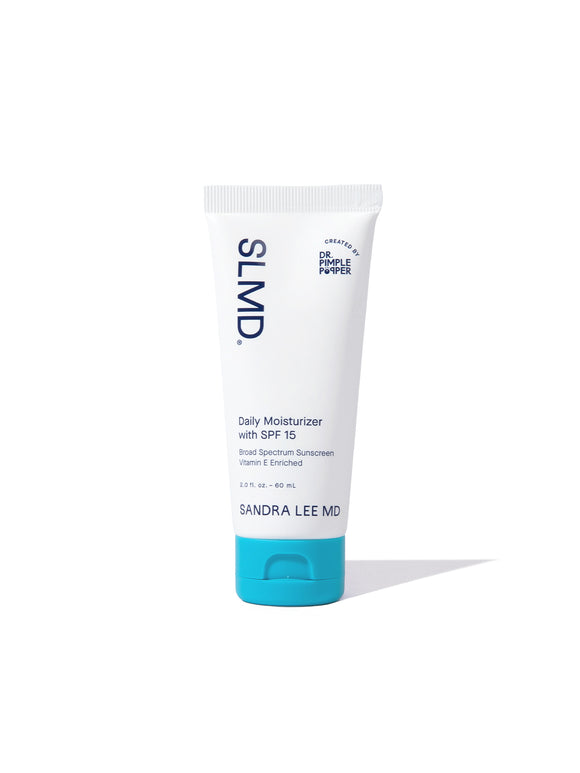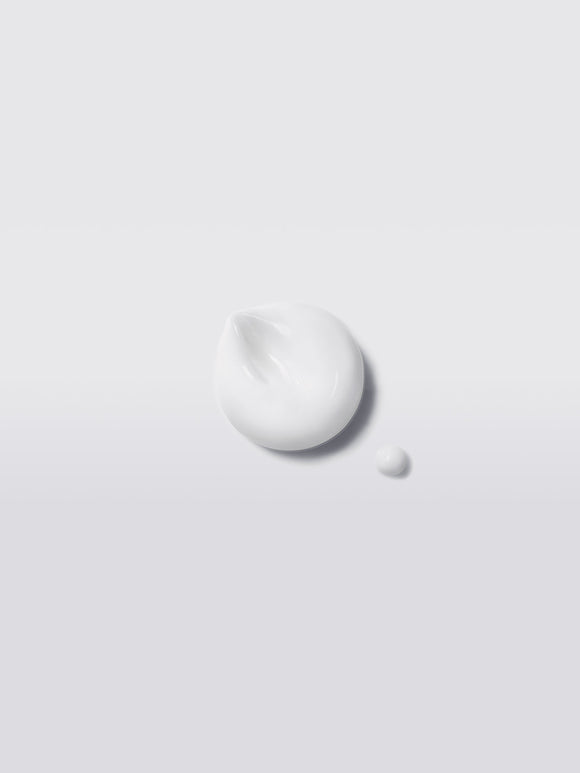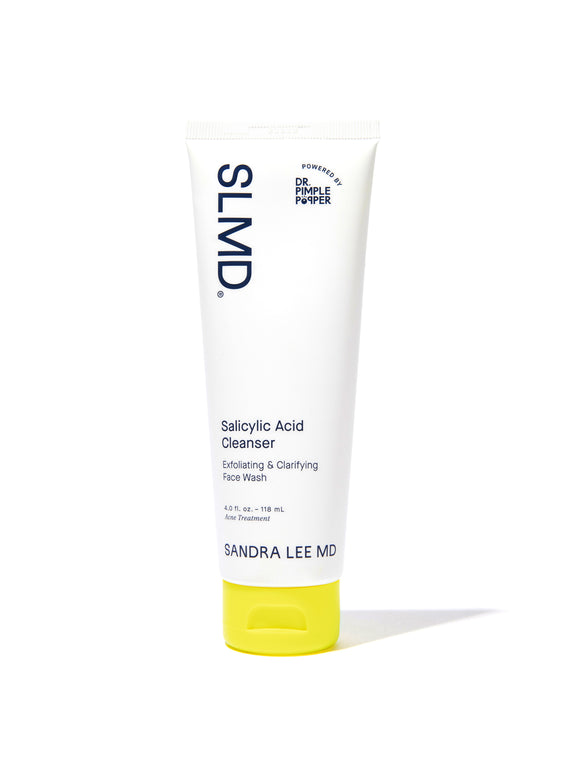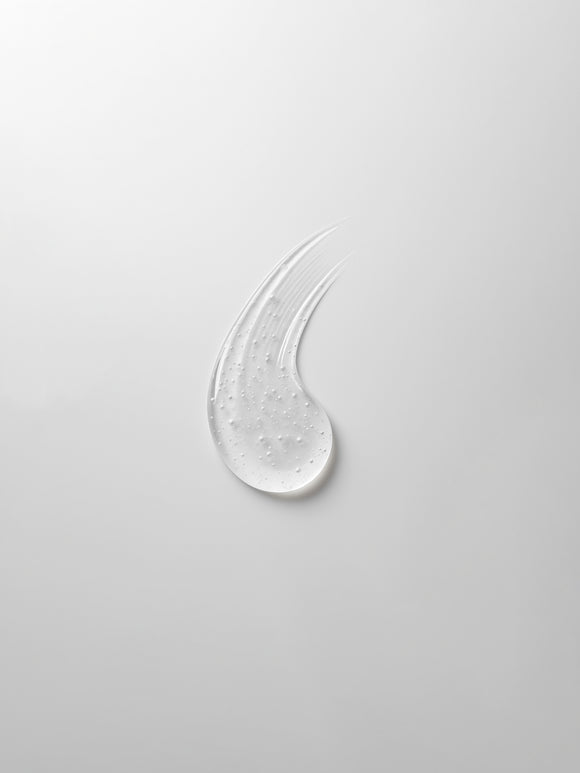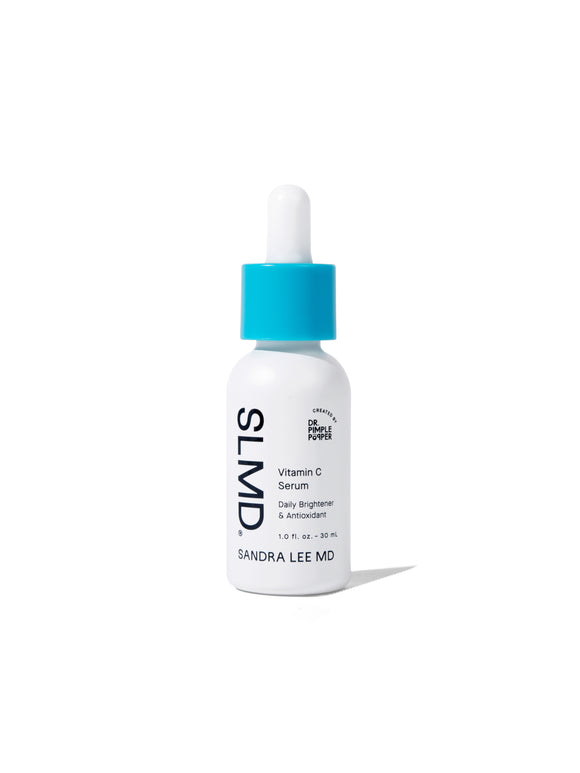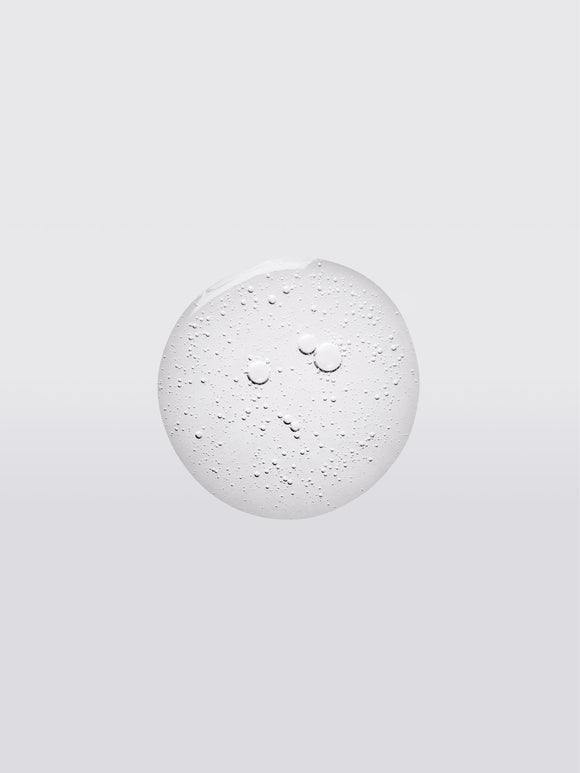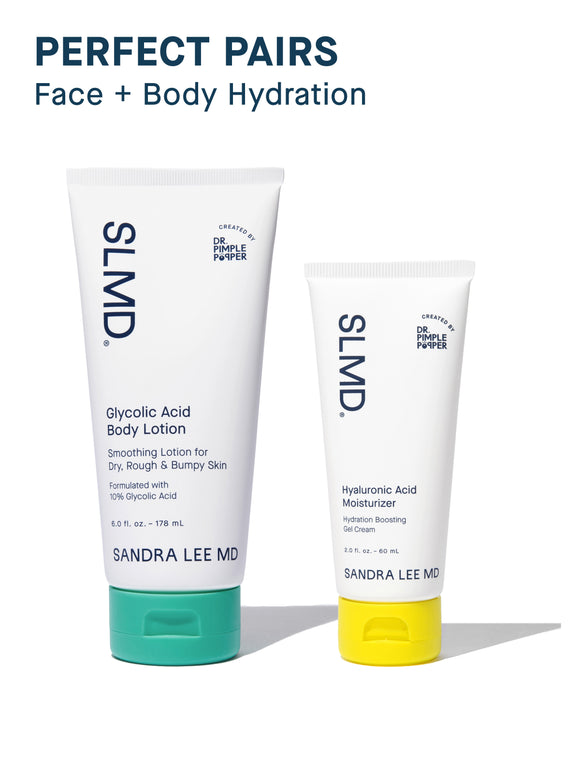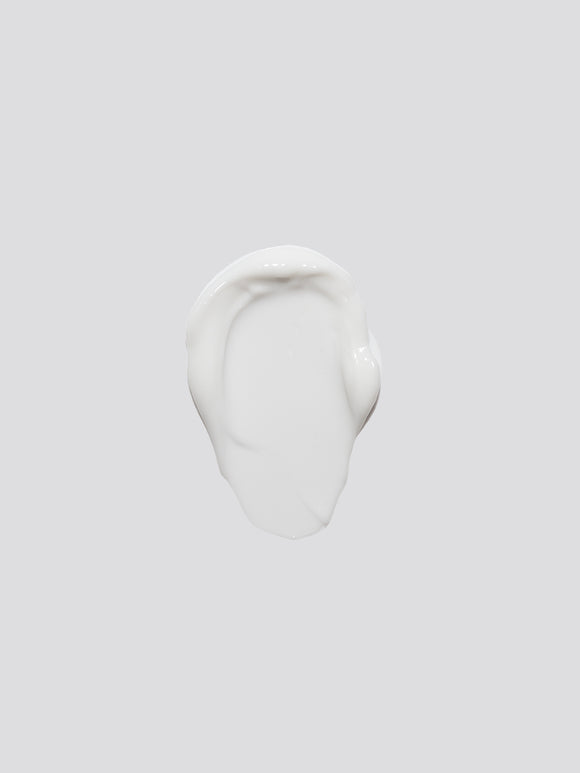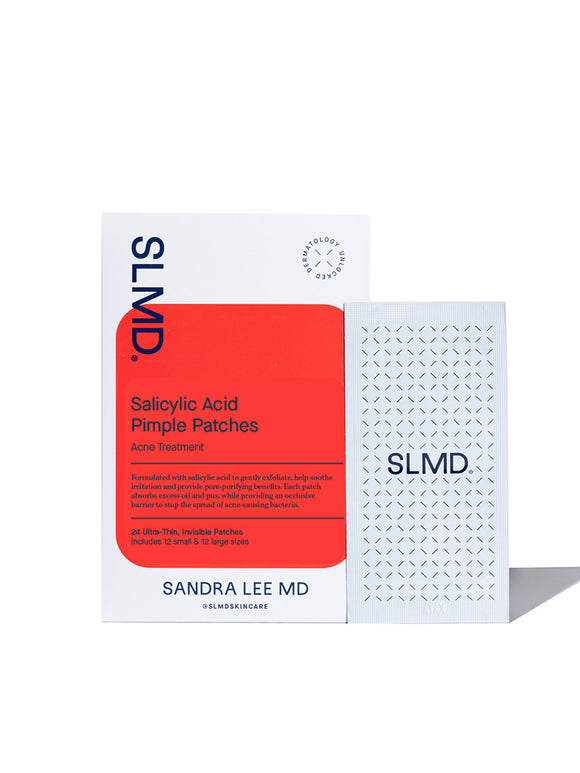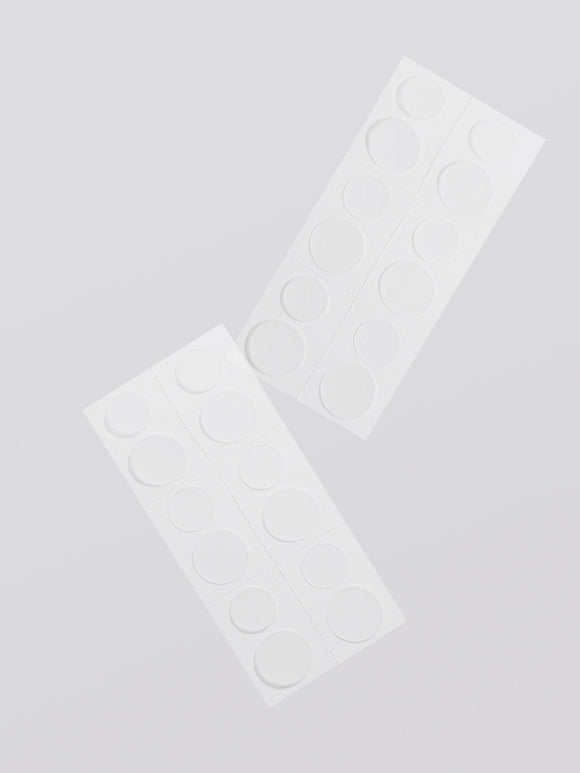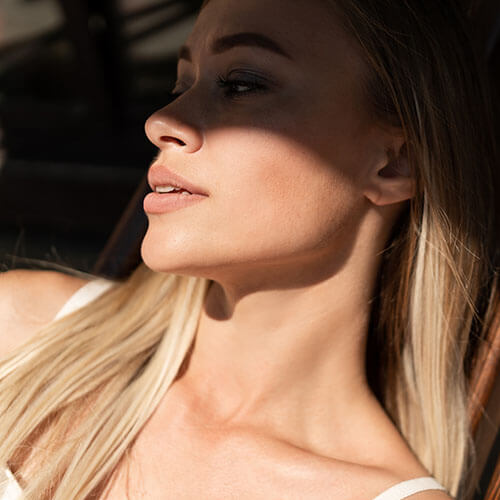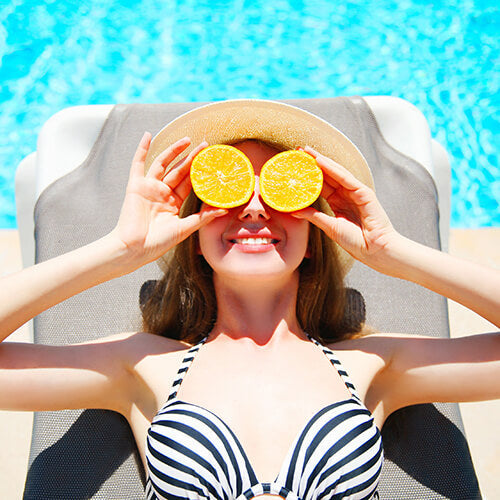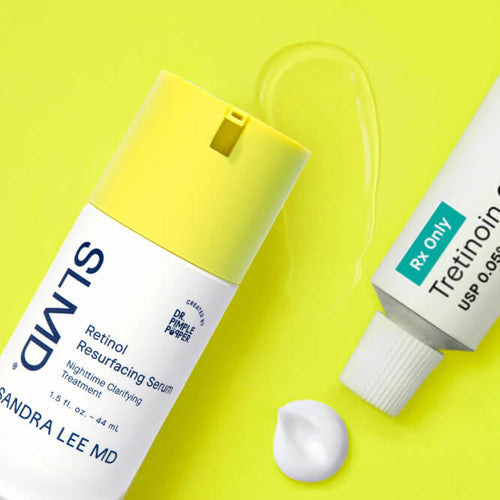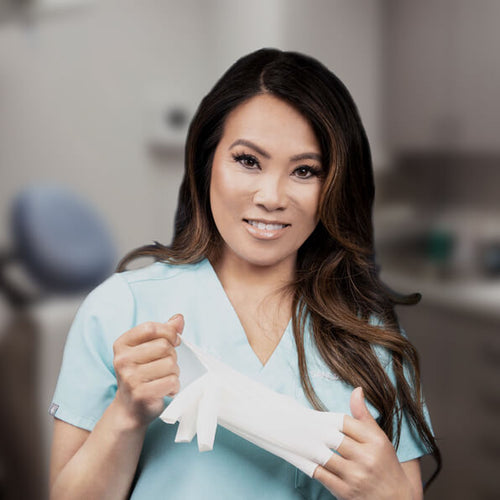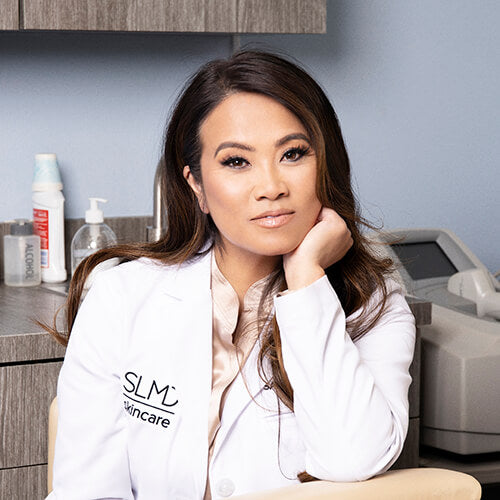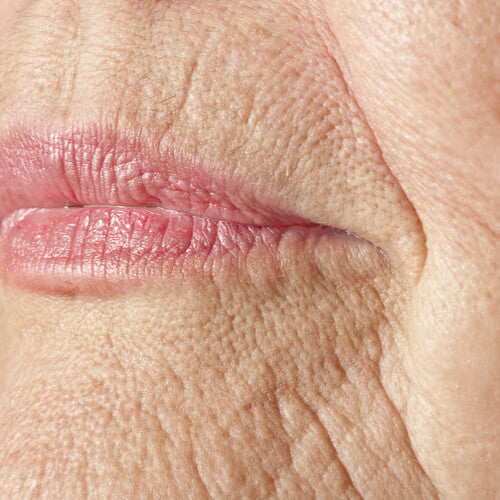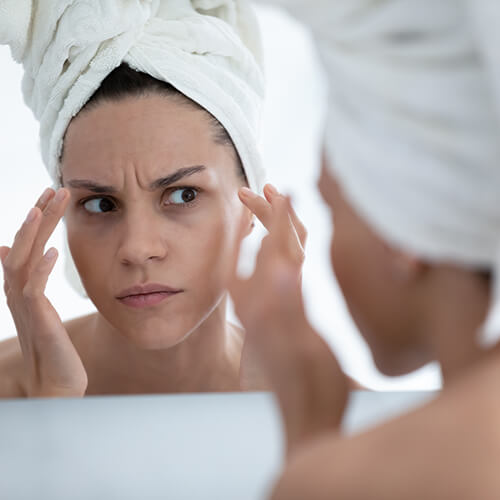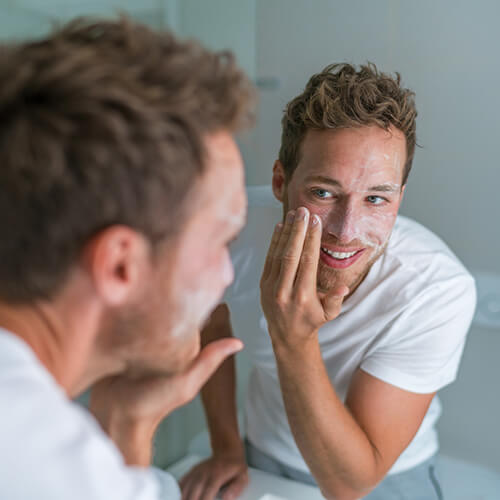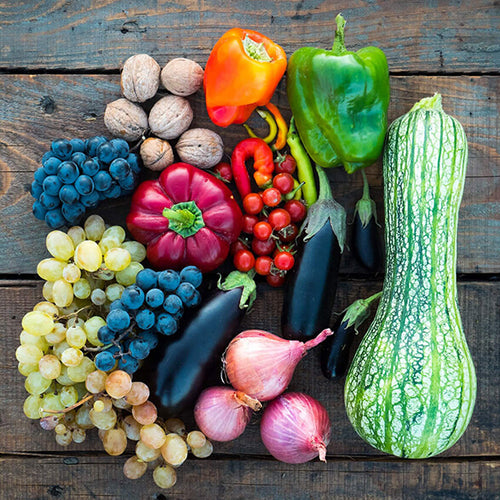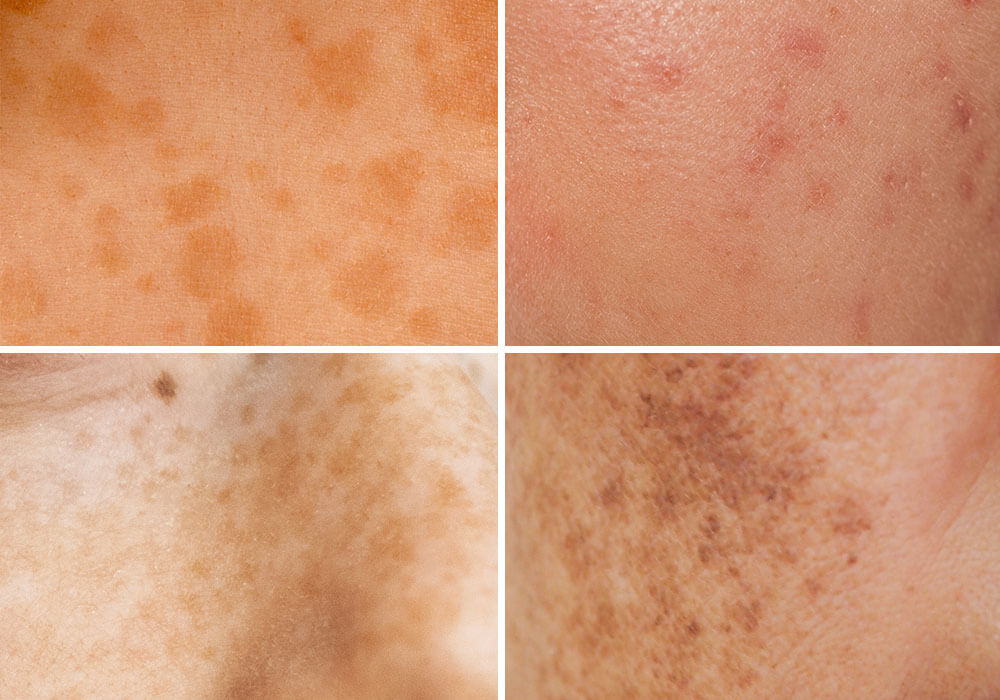
How to Treat Hyperpigmentation: Expert Advice on Causes and Prevention
From sun spots to melasma to post-acne dark marks, we're diving into the causes and best treatments for hyperpigmentation.
Published:
5 minute read
Dark spots, uneven patches, or discoloration — hyperpigmentation is one of the most common skin concerns people face. It can affect anyone, regardless of skin tone, and it’s often caused by factors like sun exposure, hormonal changes, or past acne breakouts. While it’s typically harmless, hyperpigmentation can be frustrating to manage without the right approach.
Dermatologist and SLMD Skincare founder Sandra Lee, MD (aka Dr. Pimple Popper), explains what hyperpigmentation is, what causes it, and the best ways to prevent and treat it effectively.
Article Quick Links
What is hyperpigmentation?
Hyperpigmentation refers to areas of skin that are darker than your natural skin tone. This occurs due to an overproduction of melanin, the pigment responsible for skin color, or an increase in melanosomes, the “packets” where melanin accumulates.
There are two types of pigmentation that contribute to your overall skin tone:
- Constitutive pigmentation: your natural skin color, determined by genetics
- Facultative pigmentation: additional pigmentation caused by environmental factors like sun exposure, hormonal changes, or skin injuries
Common triggers of hyperpigmentation include:
- Hormonal changes: pregnancy, birth control pills, and certain medications
- Sun exposure: UV radiation leads to lentigines or ephelides (aka freckles)
- Inflammation: acne, cuts, or injuries can leave behind dark marks
- Underlying conditions: rare disorders like Addison’s disease or Schamberg’s disease
How is hyperpigmentation diagnosed?
Dermatologists typically diagnose hyperpigmentation using two methods:
- Histology: Examining the lesion under magnification
- Wood’s lamp: An ultraviolet light that highlights pigment abnormalities
Hyperpigmentation is classified into three types:
- Epidermal melanosis: excess melanin in the upper layers of skin, appearing dark brown with sharply defined borders under Wood’s lamp
- Dermal melanosis: excess melanin in the deeper layers of skin, appearing grayish-brown without clear borders
- Mixed hypermelanosis: a combination of both types, seen under Wood’s lamp
What are the best treatments for hyperpigmentation?
There are a variety of treatment options for hyperpigmentation, depending on the severity and cause. Here’s an overview of the most common methods dermatologists use to reduce pigmentation.
Exfoliants
These treatments remove pigmented skin cells by increasing cell turnover, helping fade discoloration over time.
- Glycolic acid: a deeply penetrating AHA that brightens and smooths skin
- Salicylic acid: ideal for targeting acne-related pigmentation
- Lactic acid: a gentler AHA that hydrates while exfoliating
- TCA (trichloroacetic acid): used in professional peels for stubborn pigmentation
Try: SLMD Salicylic Acid Cleanser, AHA/BHA Swipes
Pigment regulators
These ingredients help control melanin production and prevent new pigmentation from forming.
- Hydroquinone: a powerful ingredient for stubborn pigmentation
- Retinoids: block melanin transfer and promote skin renewal
- Tranexamic acid: reduces melanin-stimulating hormones, effective for melasma
- Arbutin: gently reduces melanin production
- Niacinamide: improves skin resilience while regulating pigment
Try: SLMD Retinol Resurfacing Serum, AHA/BHA Swipes
Antioxidants
Antioxidants combat oxidative stress, which contributes to pigmentation, while supporting overall skin health.
- Vitamin C: inhibits melanin production and brightens skin tone
- Kojic acid: a tyrosinase inhibitor that also reduces oxidative damage
- Niacinamide: offers dual benefits as a melanin regulator and antioxidant
Try: SLMD Vitamin C Serum, AHA/BHA Swipes
Professional treatments
For severe or persistent hyperpigmentation, in-office procedures can deliver dramatic results.
- Lasers: break down melanin deposits but may not suit all skin tones
- IPL: targets pigmentation and redness with broad-spectrum light
- Chemical peels: remove layers of pigmented skin using acids like glycolic or TCA
- Microdermabrasion: improves skin tone and texture through exfoliation
These treatments may be used alone or in combination, depending on your skin type, Fitzpatrick classification, and the specific type of hyperpigmentation you’re dealing with. Consult your dermatologist to determine the best course of action.
Dr. Pimple Popper's Hyperpigmentation Solutions
What are the most common types of hyperpigmentation?
Hyperpigmentation comes in different forms, each with unique triggers and characteristics. Your dermatologist can determine what type you have, and how best to manage it. Here’s an overview of the most prevalent types.
Solar lentigines
Also known as sun spots or liver spots, these are dark patches caused by cumulative UV damage over time. They often appear on areas frequently exposed to the sun, like the face, hands, and shoulders. Common treatments:
- Sunscreen to prevent further damage
- Retinoids to promote cell turnover
- IPL to break down pigment
- Chemical peels for gentle exfoliation

Melasma
Triggered by hormonal changes, melasma (sometimes called chloasma) appears symmetrically on the face and is commonly associated with pregnancy or birth control use (hence the term "mask of pregnancy"). Common treatments:
- Sunscreen to prevent worsening
- Kojic acid or tranexamic acid for pigment reduction
- Gentle chemical peels for exfoliation
- Prescription pigment regulators in severe cases

Post-inflammatory hyperpigmentation (PIH)
Caused by skin trauma, PIH often follows acne, burns, or other injuries. The discoloration typically fades over time but can persist without treatment. Common treatments:
- Sunscreen to protect healing skin
- Retinoids to accelerate cell turnover AHA/BHA exfoliants to lift pigment
- Salicylic acid for acne-related PIH

How to prevent hyperpigmentation
Preventing hyperpigmentation can save you time and effort down the line. Here are some practical tips:
- Wear broad-spectrum sunscreen daily, even indoors
- Avoid picking at acne, scabs, or other skin injuries
- Use antioxidants like vitamin C to combat environmental damage
- Keep your skin hydrated to support a healthy barrier function
- Incorporate ingredients like niacinamide or azelaic acid to prevent excess melanin production
Dr. Pimple Popper answers hyperpigmentation FAQs
Q: Can hyperpigmentation be permanent?
A: Most types fade over time with proper treatment, but conditions like melasma may require ongoing management.
Q: How long does it take for hyperpigmentation to fade?
A: With consistent treatment, many dark spots start to lighten within 2–6 months. Deeper pigmentation, such as dermal melasma, may take up to a year or longer to improve.
Q: Does sunscreen help with hyperpigmentation?
A: Yes, absolutely! Sunscreen prevents UV rays from worsening pigmentation and protects your skin while treatments work.
Q: What’s the best skincare ingredient for hyperpigmentation?
A: It depends on the cause, but antioxidants like vitamin C and melanin inhibitors like niacinamide or hydroquinone are highly effective for most cases.
Q: Should I see a dermatologist for hyperpigmentation?
A: If your dark spots don’t fade with over-the-counter treatments after a few months, or if you’re dealing with severe melasma or widespread pigmentation, consult a dermatologist.
Q: Are there any hyperpigmentation treatments I should avoid?
A: Aggressive treatments like strong lasers or peels may worsen conditions like melasma, especially for darker skin tones. Always consult your dermatologist for the safest options.

Dr. Lee's Last Word
Hyperpigmentation is one of the most common concerns I see, but the good news is that it’s treatable. From sunscreen to targeted treatments, consistency is key. Start simple, use the right ingredients, and consult your dermatologist if you’re unsure where to begin.



